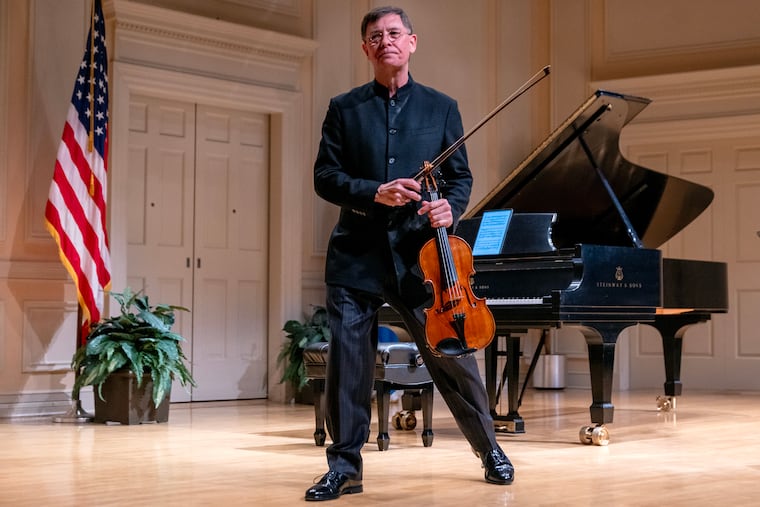Curtis Institute president performs on million viola, possibly the world’s most expensive musical instrument.
Earlier this month, the Library of Congress hosted a significant event featuring Roberto Díaz, who played a remarkably rare viola known as the Tuscan-Medici. This distinctive instrument, crafted in 1690 by Antonio Stradivari, has recently garnered significant attention following its valuation at million, potentially making it the most valuable musical instrument in the world.
Díaz, the president and CEO of the Curtis Institute of Music in Philadelphia, has fostered a connection with the viola for nearly 15 years. His performances on this exquisite instrument include recording Jennifer Higdon’s Viola Concerto, an album that achieved critical acclaim, winning two Grammy Awards in 2018. The recent concert at the Library of Congress celebrated a milestone in the viola’s history: its donation to the institution, marking its permanent residence.
The Tuscan-Medici viola has been on loan to the Library of Congress for many years. However, a recently completed million cash donation from David and Amy Fulton made its acquisition possible, allowing the Library to purchase the instrument from its current owner, the Tuscan Corporation, which had acquired it in 1957. The Baird family, who owned the viola, provided a significant in-kind donation by selling it for less than its assessed value, effectively giving up a potential million.
Now secured in the library’s possession, the instrument will be preserved and made publicly available for performance. Carol Lynn Ward-Bamford, the music specialist and curator of musical instruments at the library, emphasized the cultural importance of the donation, framing it as a contribution to the heritage of civilization and an invaluable resource for generations to come.
Antonio Stradivari’s creations are renowned, with estimates suggesting that he made approximately 1,100 string instruments. However, he produced far fewer violas, and of those, only around ten are still in existence today. This rarity contributes significantly to the drawn-out attention and value of Stradivari violas compared to violins. Philip J. Kass, an expert appraiser, affirmed the rigorous evaluation process that led to the million price tag on the Tuscan-Medici.
The storied history of the Tuscan-Medici viola traces back to its original owner, Ferdinando I de’ Medici, the grand prince of Tuscany. Its journey through time included ownership by notable figures such as Herbert N. Straus, an heir to the Macy’s fortune, before its eventual loan to the Library of Congress in 1977.
The ongoing legacy of the Tuscan-Medici viola is not merely one of preservation but of visible engagement, allowing musicians to play and experience this masterpiece. Díaz noted the profound beauty and capacity of the instrument to produce rich and resonant sound, which sets it apart from others.
The recent donation has ensured that the richness of the Tuscan-Medici viola will not only be safeguarded but will also provide opportunities for contemporary performers to draw inspiration from its exquisite craftsmanship and history. As the instrument embarks on this new chapter at the Library of Congress, it symbolizes a commitment to preserving musical heritage while allowing future generations to engage with this extraordinary piece of art.







